Do you have a question about the Singer FUTURA CE-200 and is the answer not in the manual?
Guides on preparing the sewing machine for first-time use.
Explains the function of various switches on the machine.
Step-by-step guide for threading the top thread.
Detailed instructions for performing straight stitching.
Instructions for performing zigzag stitches.
How to clean the machine's hook area and feed dogs.
Instructions for replacing the sewing machine's light bulb.
Instructions for connecting the power cord and foot control.
Explains the function of the power and light switch.
How to start and stop the sewing machine.
Function of the needle up/down positioning switch.
How to use the reverse stitch switch for backstitching.
How to check if the machine is level.
Instructions for adjusting the machine's level.
Adjusting top thread tension for straight stitches.
Information about bobbin tension settings.
Using buttons for direct selection of patterns.
Using numerical buttons to select patterns.
Adjusting stitch length, width, and needle position.
Recommended settings for straight stitching.
Settings for tacking (basting).
Settings for zigzag stitching.
Settings for blind stitch.
Settings for shell stitch.
Settings for multi-stitch zigzag.
Settings for fagoting stitch.
Settings for various stretch stitches.
How to use the buttonhole foot.
Step-by-step procedure for making buttonholes.
Preparations before attaching the embroidery unit.
Steps to attach the embroidery foot.
How to secure material in the embroidery hoop.
Guidance on selecting materials for embroidery.
Information about stabilizers and their types.
Explanation of operation switches for embroidery.
How to start and stop the machine in embroidery mode.
Using the needle up/down switch during embroidery.
Troubleshooting common stitching and thread issues.
Troubleshooting misaligned embroidery from the machine's perspective.
Troubleshooting misaligned embroidery from the hoop's perspective.
Error code EM-01 and its solution.
Error code EM-02 and its solution.
Error code EM-03 and its solution.
How to clean the machine's hook area and feed dogs.
Common problems and their solutions.
Troubleshooting issues related to stitches.
Solutions for problems involving thread.
| LCD Screen | Yes |
|---|---|
| USB Port | Yes |
| Automatic Needle Threader | Yes |
| Type | Sewing and Embroidery Machine |
| Buttonhole Styles | 6 |
| Presser Feet | Embroidery Foot |
| Bobbin System | Drop-in |
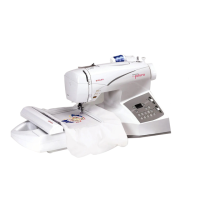
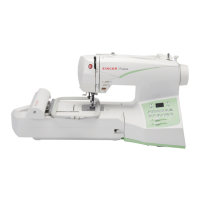

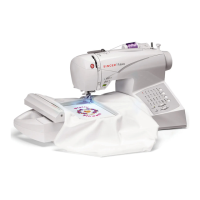
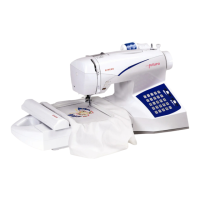


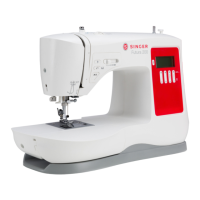

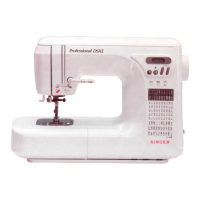
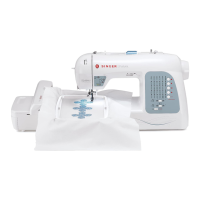
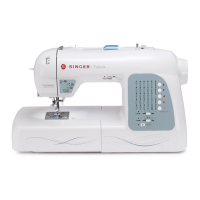
